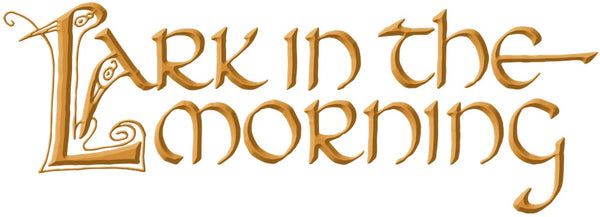News
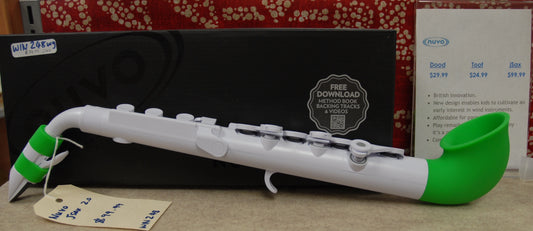
Saxophones - History
The saxophone was developed in 1846 by Adolphe Sax, a Belgian instrument maker, flautist, and clarinetist. Born in Dinant and originally based in Brussels, he moved to Paris in 1842...
Saxophones - History
The saxophone was developed in 1846 by Adolphe Sax, a Belgian instrument maker, flautist, and clarinetist. Born in Dinant and originally based in Brussels, he moved to Paris in 1842...
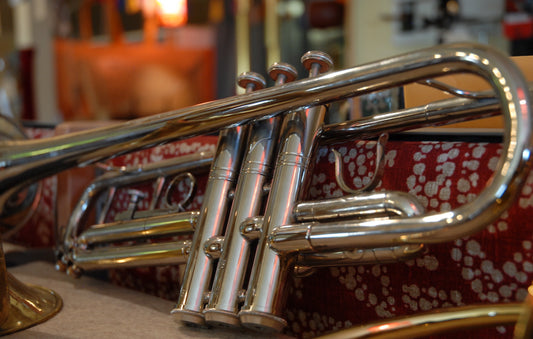
Trumpets - History
A brass instrument is a musical instrument that produces sound by sympathetic vibration of air in a tubular resonator in sympathy with the vibration of the player's lips. Brass instruments...
Trumpets - History
A brass instrument is a musical instrument that produces sound by sympathetic vibration of air in a tubular resonator in sympathy with the vibration of the player's lips. Brass instruments...
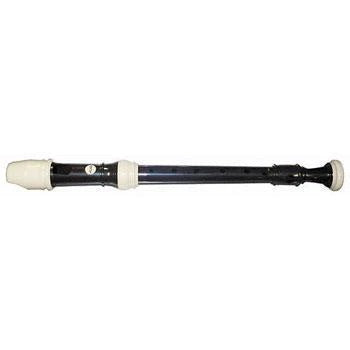
Recorders - History
The recorder is a woodwind musical instrument in the group known as internal duct flutes flutes with a whistle mouthpiece. A recorder can be distinguished from other duct flutes by...
Recorders - History
The recorder is a woodwind musical instrument in the group known as internal duct flutes flutes with a whistle mouthpiece. A recorder can be distinguished from other duct flutes by...

Jaw Harp - History
The Jaw Harp consists of a flexible metal or bamboo tongue attached to a frame. This tongue is placed in the performer’s mouth and plucked with the finger to produce...
Jaw Harp - History
The Jaw Harp consists of a flexible metal or bamboo tongue attached to a frame. This tongue is placed in the performer’s mouth and plucked with the finger to produce...

Tabor Pipes - History
Pipe and tabor is a pair of instruments played by a single player, consisting of a three-hole pipe played with one hand, and a small drum played with the other....
Tabor Pipes - History
Pipe and tabor is a pair of instruments played by a single player, consisting of a three-hole pipe played with one hand, and a small drum played with the other....
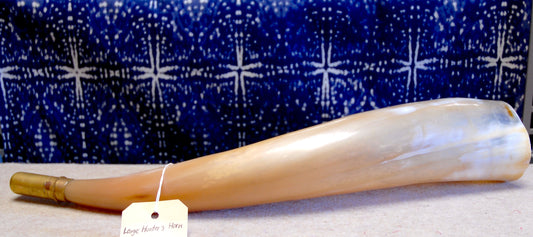
Horns - History
As the name indicates, people originally used to blow on the actual horns of animals before starting to emulate them in metal or other materials. This original usage survives in...
Horns - History
As the name indicates, people originally used to blow on the actual horns of animals before starting to emulate them in metal or other materials. This original usage survives in...
